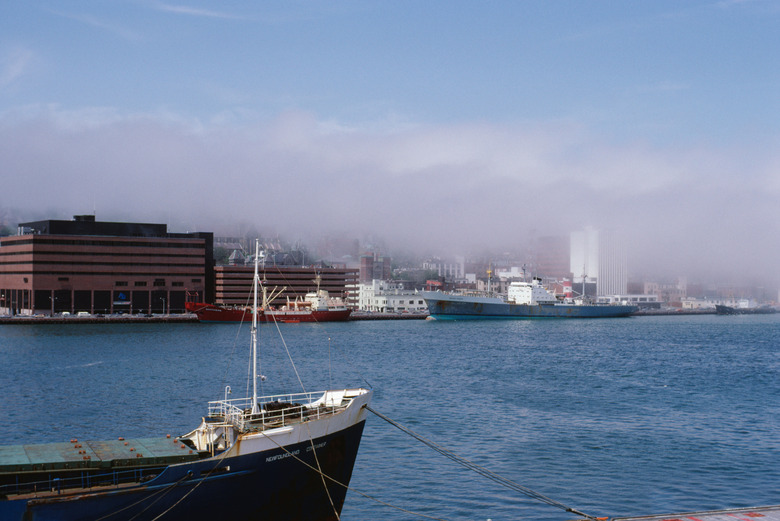How To Stop The Smog
The word "smog" comes from a combination of "smoke" and "fog," perfectly describing the rolling gray masses that settle over large cities. Prolonged exposure to smog — a concentrated mixture of chemicals and compounds — can be harmful to human health. Several simple lifestyle changes in a population can help to prevent smog formation.
Causes of Smog
Causes of Smog
Smog was once created primarily by coal burning. Today chemical interactions between nitrogen oxides, volatile organic compounds (such as benzene and freons) and sunlight create smog. Sunlight turns nitrogen dioxide into nitrogen oxide and a free oxygen molecule — the process by which ozone is made. Typically, the ozone turns back into nitrogen dioxide, starting the cycle again. In places where there are VOCs, however, the cycle is disrupted. Ozone gathers by the surface of the Earth and is not broken down, creating smog. This happens in large cities, such as Los Angeles and Beijing, where there is an overabundance of nitrogen dioxide and VOC production.
Lessen Vehicular Smog Contribution
Lessen Vehicular Smog Contribution
Vehicles produce a large amount nitrogen dioxide, so one way to prevent smog is to log fewer miles in a car. Walking, carpooling or using public transportation all help cut smog. Keeping a car in good condition, such as changing oil on time and keeping tires fully inflated, can help increase gas mileage, reducing emissions. Cars should also be fueled in the morning or evening to prevent sunlight interacting with the nitrogen dioxide emissions, creating ozone.
Avoid Products with VOCs
Avoid Products with VOCs
Volatile organic compounds cover such a large range of chemicals used in household products that they are almost always present in indoor air. Such products include nail polish, oil cleaners, paint strippers, air fresheners and insect pest repellents. The National Library of Medicine has compiled a list of ingredients found in most household products by brand name. Identifying which products have VOCs and avoiding their use both inside and outside can help prevent the formation of smog.
Buy Local
Buy Local
Another way to reduce smog is to focus on purchasing locally produced food and services. Buying local not only cuts down on the amount of emissions produced for transporting goods, but it also allows consumers to be aware of the origin point of their purchases. Avoiding buying items produced in countries with poor smog control laws, such as China, can help reduce global smog amounts. Farmers markets, grocery stores and other stores should indicate which products are produced locally.
Cite This Article
MLA
Michelle, Meg. "How To Stop The Smog" sciencing.com, https://www.sciencing.com/stop-smog-23357/. 24 April 2017.
APA
Michelle, Meg. (2017, April 24). How To Stop The Smog. sciencing.com. Retrieved from https://www.sciencing.com/stop-smog-23357/
Chicago
Michelle, Meg. How To Stop The Smog last modified March 24, 2022. https://www.sciencing.com/stop-smog-23357/
